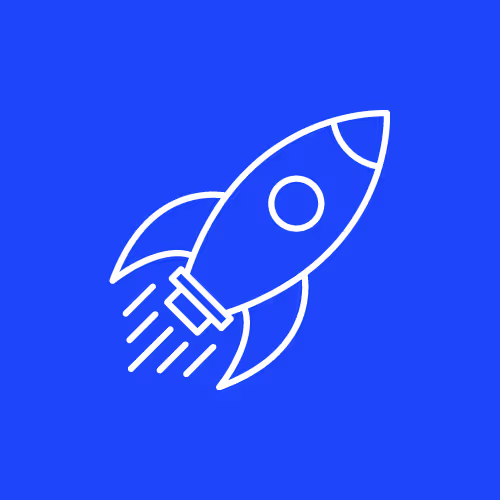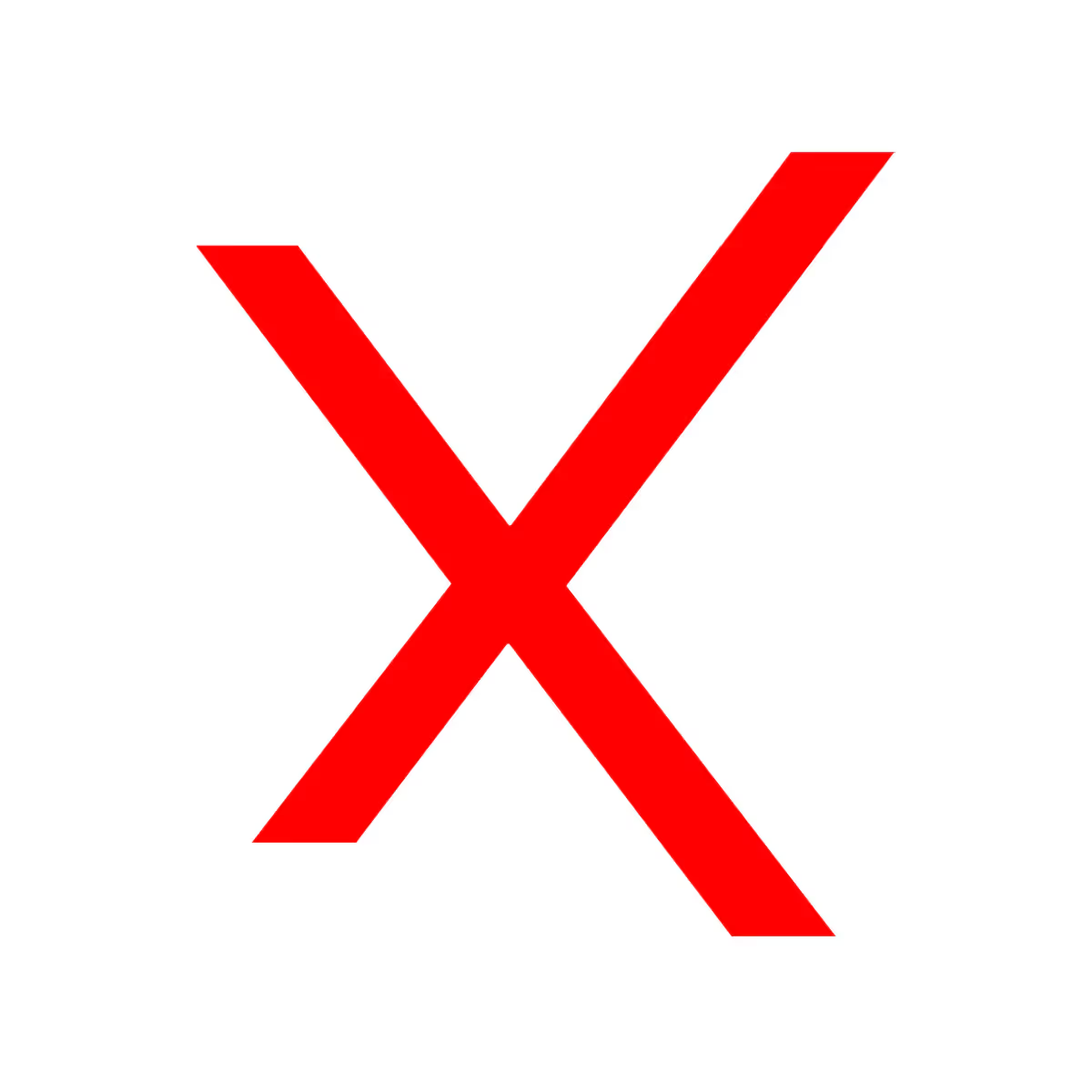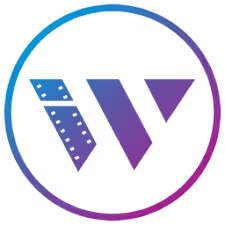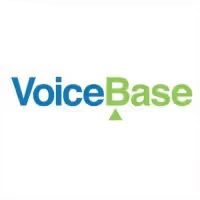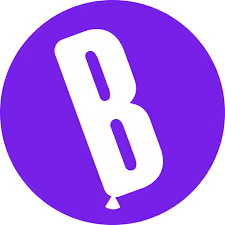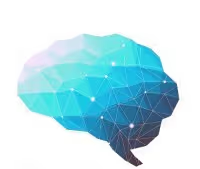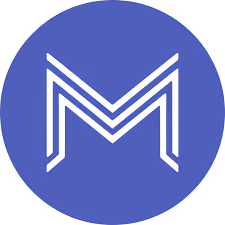AI advertising uses artificial intelligence to improve ad targeting and performance automatically.
What can AI advertising do?
It can create, optimize, and target ads to the right audience for better conversions and lower costs.
How does AI advertising work?
It analyzes data to learn user behaviors and then adjusts ad strategies in real-time for best results.
Is AI advertising easy to set up?
Yes, most AI advertising tools have simple step-by-step setup with guided templates.
Some tools offer free trials, but most AI advertising services require paid plans.
What is the common AI advertising pricing?
Pricing usually ranges from $50 to $500+ per month depending on features and ad spend.
What are the types of AI advertising?
Common types include programmatic ads, social media ad automation, and personalized content ads.
Does AI advertising work with email?
Yes, some AI advertising tools integrate with email for targeted campaigns and follow-ups.
What are the best AI advertising tools?
Popular tools include Google Ads AI, Facebook Ads Manager AI, AdRoll, and Albert AI.
What are common AI advertising integrations?
Integrations often include CRM systems, email platforms, analytics tools, and social media networks.


